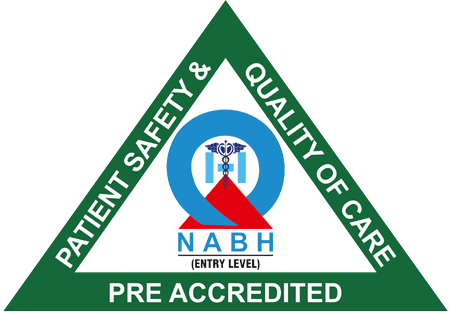Allergy

It is a hypersensitive response to an allergy to which an organism has previously been exposed causes the release of Histamine and a variety of symptoms including Urticaria, Eczema, Dyspnea, bronchospasm, Diarrhoea, Sinusitis, Laryngospasm and Anaphylaxis
Allergy affects thousands of people’s lives every year; for some, it is a potentially life-threatening disease.
We can provide you with up-to-date information on all aspects of allergy, food intolerance, and chemical sensitivity.
If you think that you may have an allergy or intolerance we can help you. Our fully trained staff will be able to guide you to the appropriate specialist and provide you with practical advice and support in managing your symptoms. Remember you are not alone.
There is a wealth of allergy information available on this site including many detailed fact sheets and articles written and approved by leading specialists in the field of allergy.
We endorse a wide range of products as suitable for most allergy sufferers.
Allergen
The source of an allergy-producing substance, the allergy-producing substance itself, is one or more of the specific proteins that make up the substance and provoke the immune response, including IgE antibodies. They are often common, usually harmless substances such as pollen, mold spores, animal dander, dust, dust mites, food, insect venoms, and drug.
Pollen Allergy
Pollen is made by plants. It can be so small that cannot be seen except through a microscope some type of pollen ( such as that produced by trees, grasses, and weeds)
Mold
Mold looks like green, black or white spots on plants or on damp surfaces. Mold is spread by particles called spores that float in the air like pollen. It can be found outdoors in soil or a plant, rotting wood, or dead leaves, it can also be found indoors in damp places like basements bathrooms, refrigerators, and window slits.


